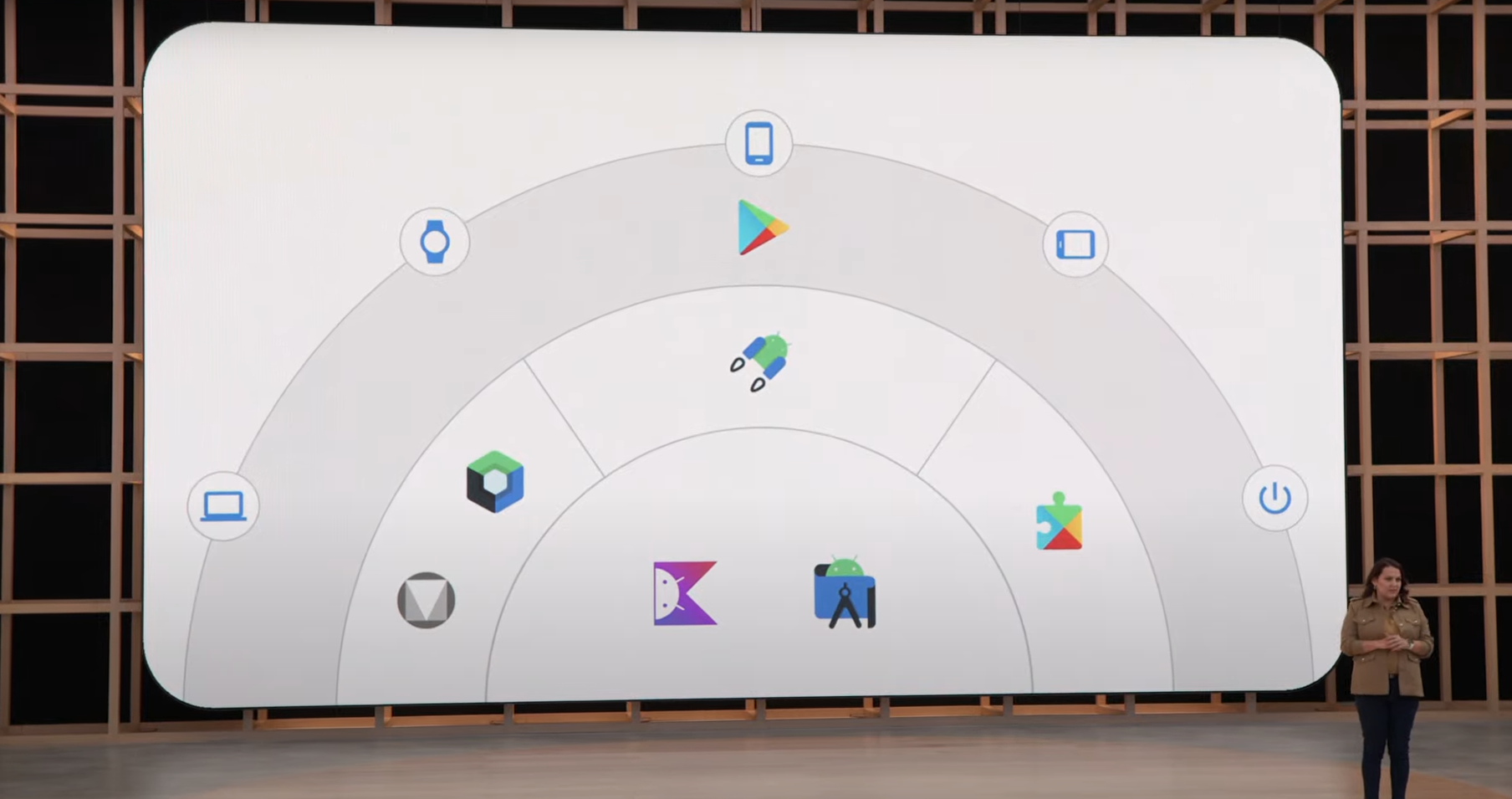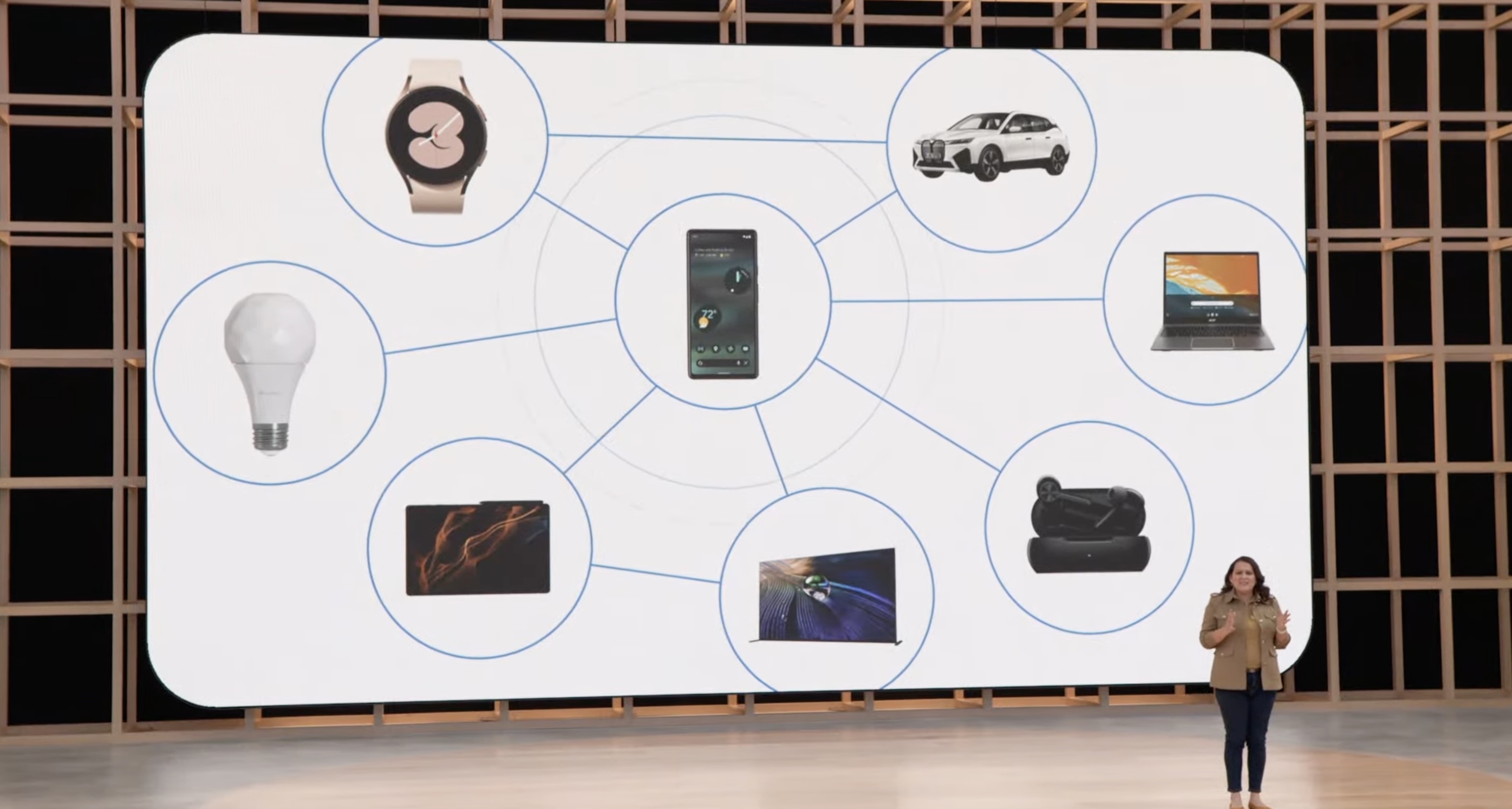Today is Google I / O, and as always, the company is using this event to showcase the latest releases of the Android Studio development environment. Released today is a new beta version of Android Studio Dolphin that includes features such as View Compose animations and Wear OS emulators, as well as a preview of Android Studio Electric Eel on the Early Access canary channel.
In most cases, all the interesting announcements are part of Electric Eel, not a shock. The marquee function is LiveEdit. This allows developers to modify their code and see the results immediately in Android Studio’s creation preview and embedded emulators or running apps on physical devices.
Image credit: Google
Sean McBreen, a leader in the Android developer experience at Google, said this is something developers have long demanded, given that developers can reduce cycle time without having to wait for change testing. He said Android Studio already comes with Live Literal, allowing developers to change small individual values. However, developers can now add new features and tweak the user interface to see the effects of those changes in real time.
Also new to Android Studio is support for Crashlytics, Google’s crash reporting service, Firebase. With the new AppQualityInsights window, developers can see the stack trace in the IDE and also see the lines of code that could cause the crash. Of course, the idea here is to allow developers to do more work in a single application without switching contexts.
“The problem for today’s developers is that while we’re getting great insights from Crashlytics, we’re trying to debug, reproduce, and fix some of the errors, and what’s happening and what’s causing it. It’s about seeing what’s happening, and you often have to switch to another tool, “says Francis Ma, Firebase’s product leader. “This is the first big step in bringing the Firebase experience to Android Studio.”

Image credit: Google
Given that Google announced today both its first in-house smartwatch and its new tablet, it’s no wonder Android Studio adds support for large-screen devices such as tablets, foldable devices, and wearables. The idea behind Google’s “latest Android development” is that, after all, developers can learn how to create an application in one form factor and apply it to all other form factors. That is. However, foldables and wearables have their own UI challenges, and developers may not always have access to them. As a result, Android Studio provides developers with a single resizable emulator that allows them to quickly test their apps in different form factors.
Especially for Wear OS, the Android team is introducing a new way to create declarative user interfaces using the beta release of the Compose UI SDK. Other WearOS related updates include the ability to view Wear devices in Device Manager and the ability to pair multiple watch emulators to a single phone. Android Studio will remember these pairings even after they are closed.
In related news, Jetpack, Google’s reusable Android library suite aimed at preventing developers from (re) writing boilerplate code, also has a user interface, especially for its build toolkit, Jetpack Compose. I’m getting some interesting updates on the side. Native Android user interface. The updated Windows Manger library now supports multi-window environments for large screen devices. It also supports the ability to adapt the app to the physical state of the collapsible device. There is also a new DragAndDrop library that allows developers to accept drag and drop data both inside and outside the application. This is clearly an increasingly common scenario for large screen devices. Both of these libraries have reached a stable milestone of 1.0.
And when it comes to optimizing apps for big screens, Google itself is currently in the process of updating its own apps for big screen devices, such as Photos, Gmail, YouTube Music, and YouTube. As McBreen told me, the company is working to prepare all 50 of the most used apps for big screen devices by the end of the year. “The idea here is that we need to role model what we want to do in the industry, but we also need to see the guidance and meaning, so we use these apps,” he said. Said.



Commentaires
Enregistrer un commentaire